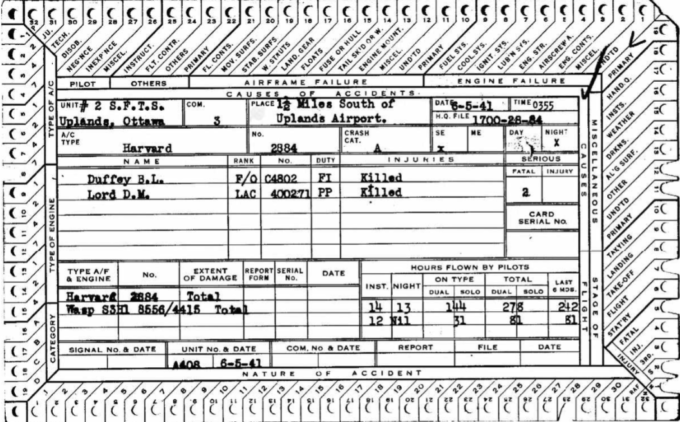The latest issue of OGS Families includes An Open Letter to the Genealogy Community by Gail Benjafield. It’s worth reproducing here, with permission, and not just because Gail is a faithful ACC blog reader.
No matter how many Ontario Genealogical Society (OGS) members there are, each family historian is likely to have an interest in one or more OGS branches. That would be because our ancestors likely moved into different counties as they married or took jobs elsewhere. They are often termed ‘strays’. I count four different branches of the OGS where I research my or my husband’s family ancestors as they moved about.
So too it is likely each one of us has ancestry in other provinces and many have active memberships in U.K. genealogy societies. I used to have several: The Scottish Genealogy Society, Norfolk Genealogy Society, Dyfed Genealogy Society, and the Somerset/Dorset Family History Society. The only one I have kept in the U.K is the latter, the Somerset/Dorset FHS (SDFHS). It has an award-winning journal, The Greenwood Tree and has been established for decades.
As it spans several Southwestern British counties The Greenwood Tree’s coverage is quite large. This past year the SDFHS established an ‘Out of County’ group, for member historians who live elsewhere in the U.K., outside of the Wessex area of England. This allows those SDFHS members to engage with each other. “Only Connect”, to quote a well-known literary phrase. Quite naturally, British family historians likely have ancestry that can be found in many British counties as it is quite a small country. An SDFHS representative from the executive was given the job of herding all those cats in various British counties.
As it turns out, there are several Canadians (something like three dozen of us?) who are active members of the SDFHS. We all receive the SDFHS monthly newsletter and even invitations to attend virtual ZOOM meetings with their presenters. A couple of us wrote to the editor and said, essentially, “what about an ‘out of Country’ group, not just out of county”? They twigged and established a Canadian group; we became connected. There is a dozen or so of us spread across Canada (from B.C. to Newfoundland) and we exchange information. Other SDFHS groups include South Wales, South-East England, Australia and New Zealand. We have a lead hand living in Hamilton, Ontario and she sends regular updates to us as well as to the SDFHS rep. It is all very useful as so many of us Canadian SDFHS’ers have found connections among ourselves, no matter how far flung we are across this immense country. The SDFHS rep for Out of Country groups tried to get us to connect with Americans so they could join us. We said emphatically, “No, No, No!” I, for one, realized that the British just do not have a real understanding on how large our country is — yet with a small population compared to the U.S. Thus, to engage with the hugely populated American genealogists, would be a nightmare.
Some of our Canadian SDFHS’ers are British born and one or two still live there and are looking for their ancestors who moved/emigrated to Canada. This two-way street is working very well indeed. I wonder if other OGS members who have overseas genealogical society memberships might consider contacting their British societies and telling them of the success story of the Somerset/Dorset Out of Country idea?
Why was the initiative successful?
Perhaps because it overcame barriers of distance. The group allowed SDFHS members who don’t benefit from live social contact with members at meetings, and in everyday life, to connect with each other and share their common interest and the attachment to their ancestral roots in Wessex.
Migration is a challenge, and one with lots of commonalities. Group member’s ancestors may or may not have shared a particular voyage, but within a time frame there’s much in common in the experience. There’s similarity with settling in a new country, overcoming lack of an established support network and surviving hard times. The commonality of experience starting with similar geographic roots could encourage empathy and be supportive of each other’s research goals and challenges.
Those are on top of the regular benefits of membership.
Many societies in Canada do have special interest groups that link their members with a particular geographic background. In BIFHSGO there’s are London and Colonial America SIGs. The London SIG often attracts leaders from the East of London FHS to its Zoom meetings. The groups prospered through, perhaps because of, the pandemic.
There’s an Alberta society that has an Ontario group and likely many other examples.
Finally, an essential element of success is having someone stepping forward to take the initiative and maintain the momentum of the group.
Do you have experience with such a group? Perhaps you think there is adequate scope for this type of benefit through non-affiliated groups on social media like Facebook. If you have thoughts please share them in the comments.
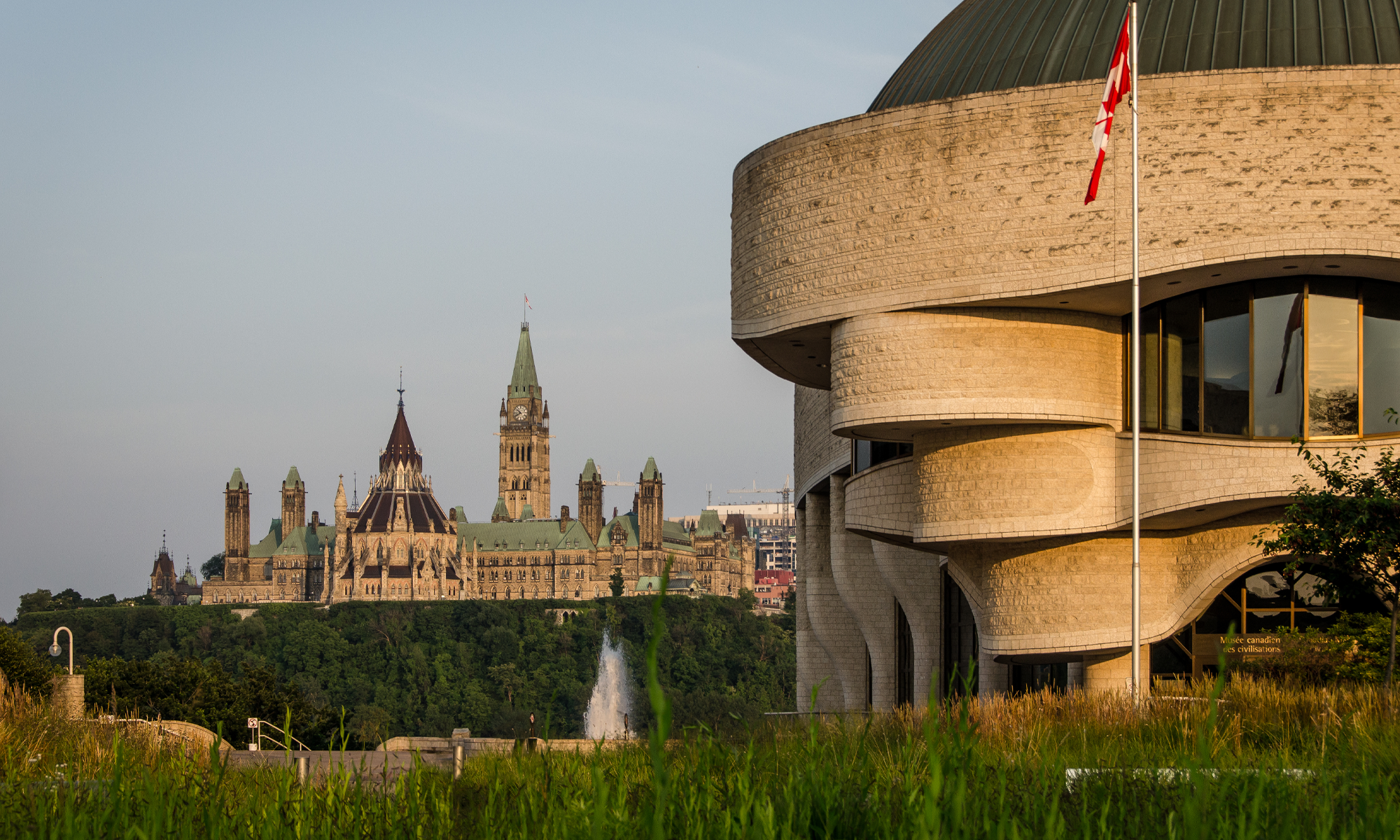

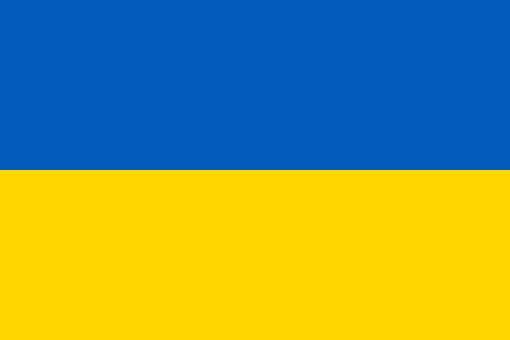
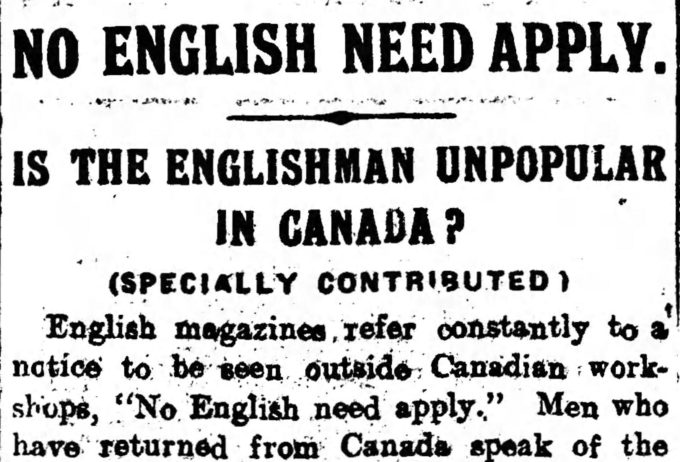
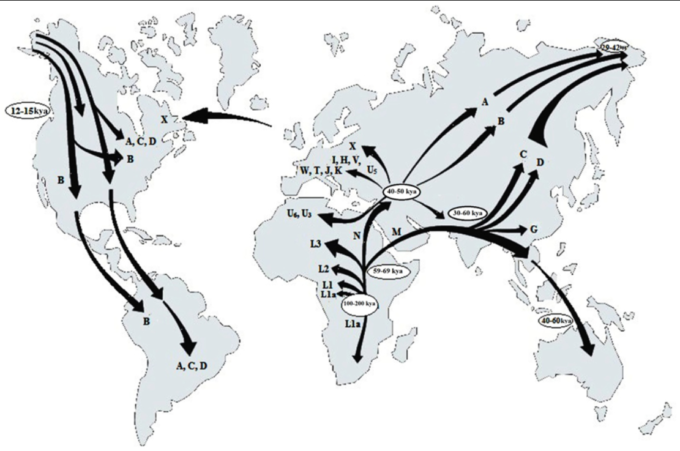
 Two cemeteries from Reading are now available to view on
Two cemeteries from Reading are now available to view on 